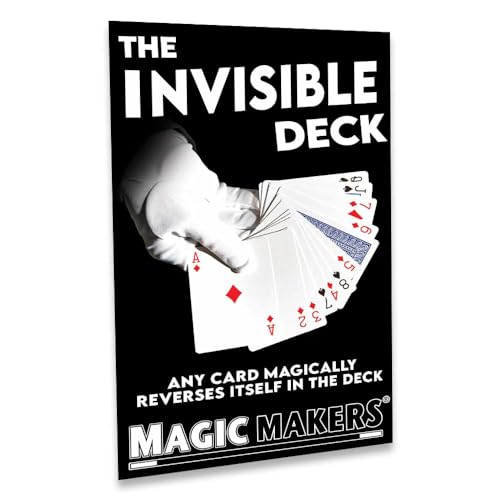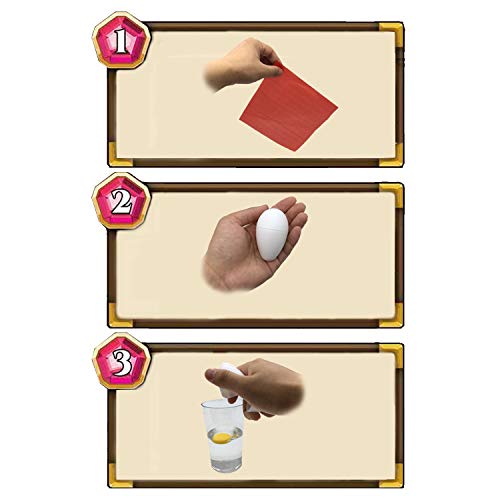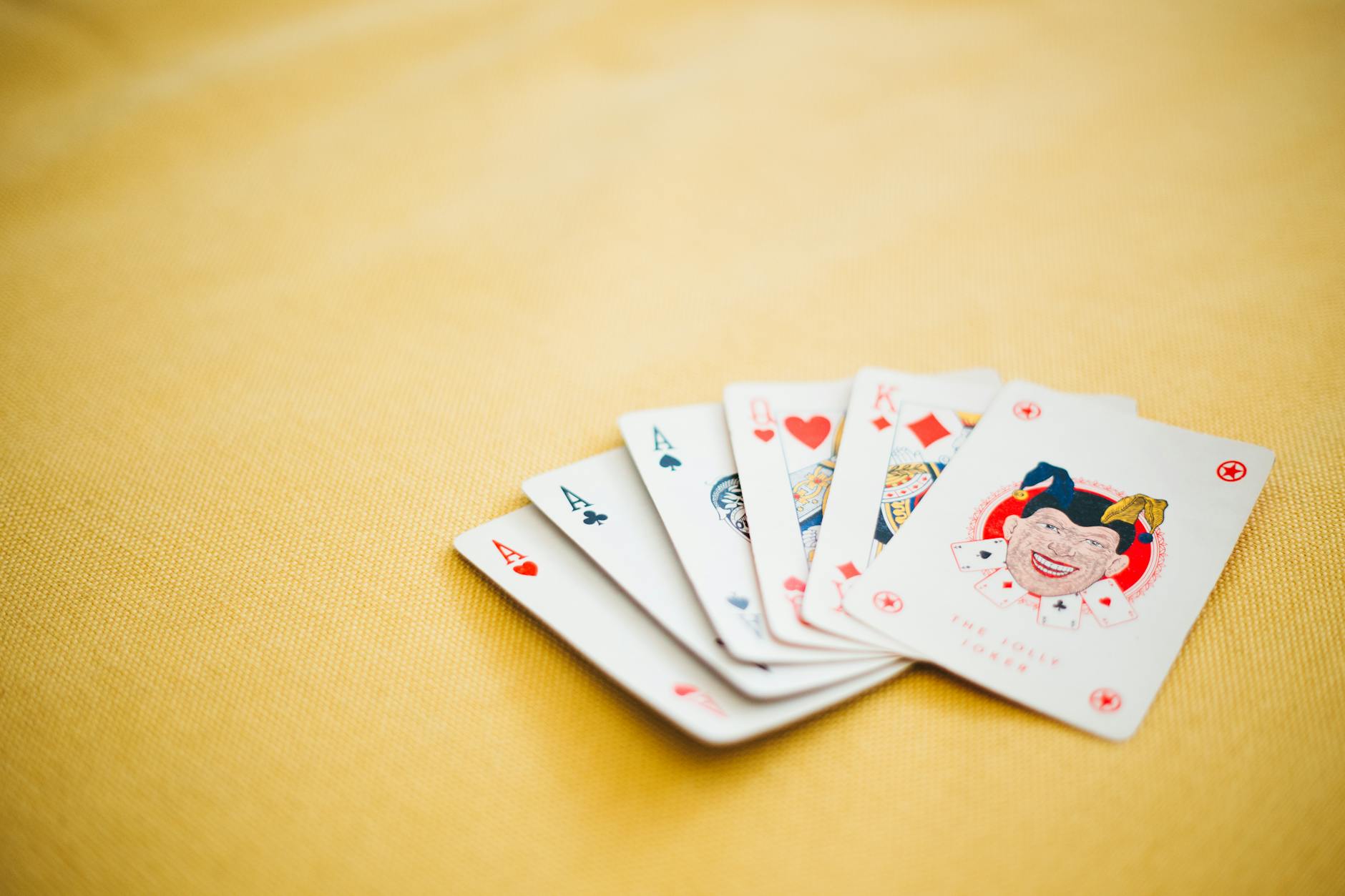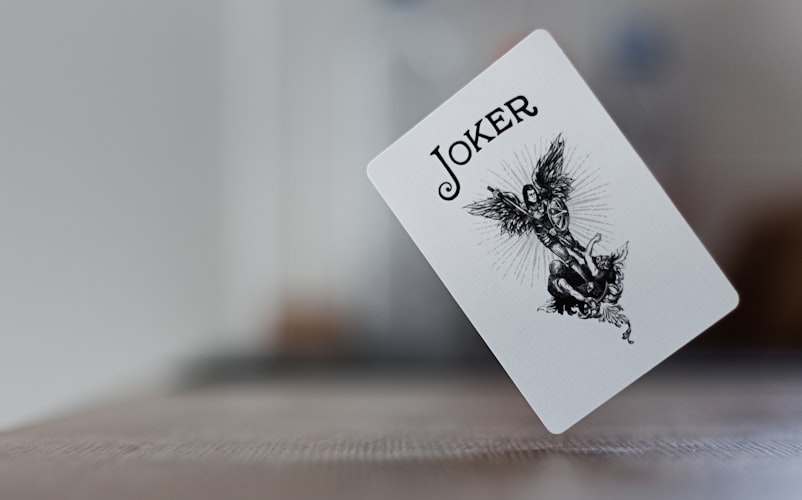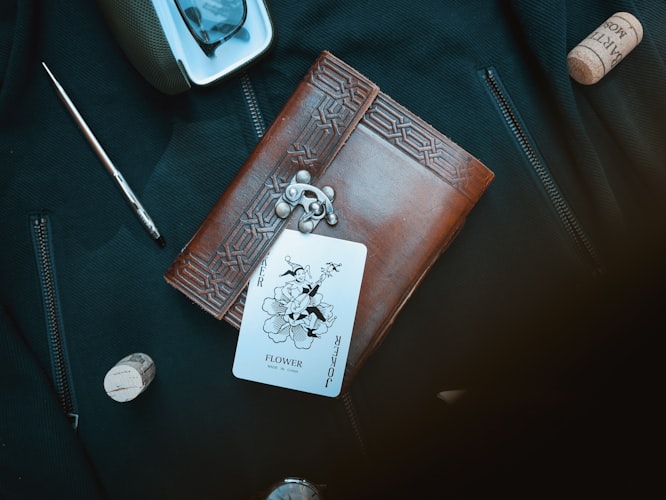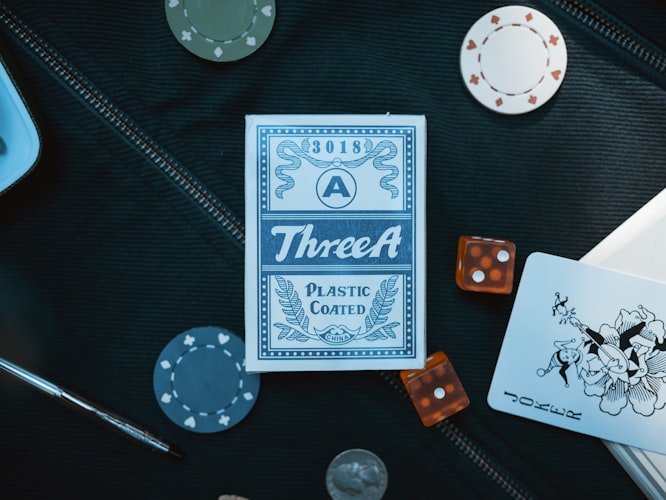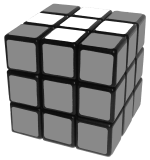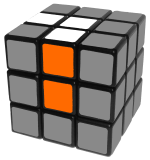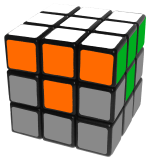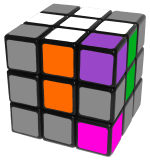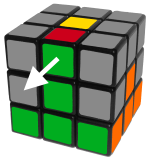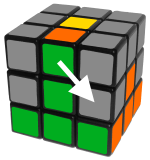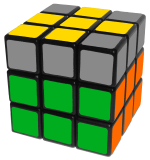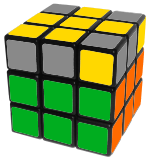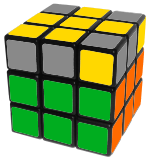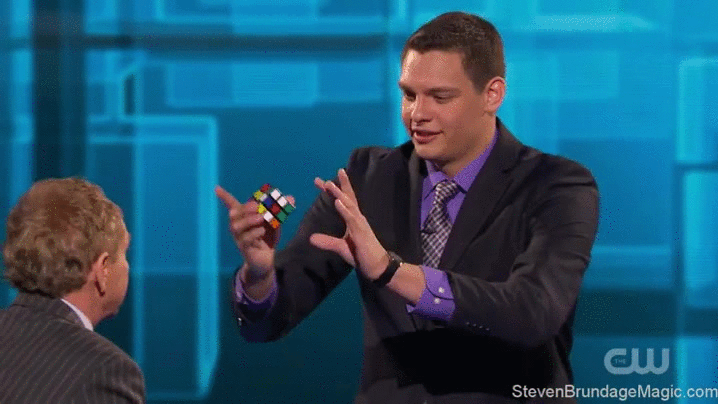When you start to learn a new trade or skill inevitably, the first thing you need to know is the language. You need to know the lingo. Without it, you often can’t understand what anyone is talking about, and you don’t know where to start.
Magic has its own weird and wondrous set of terminology. From specific terms for the type of equipment and cards you use to specific names for secret pockets hidden in a magician’s jacket, there are lots of terms you need to know to set your magical knowledge in motion.
Magic Terms for Beginners
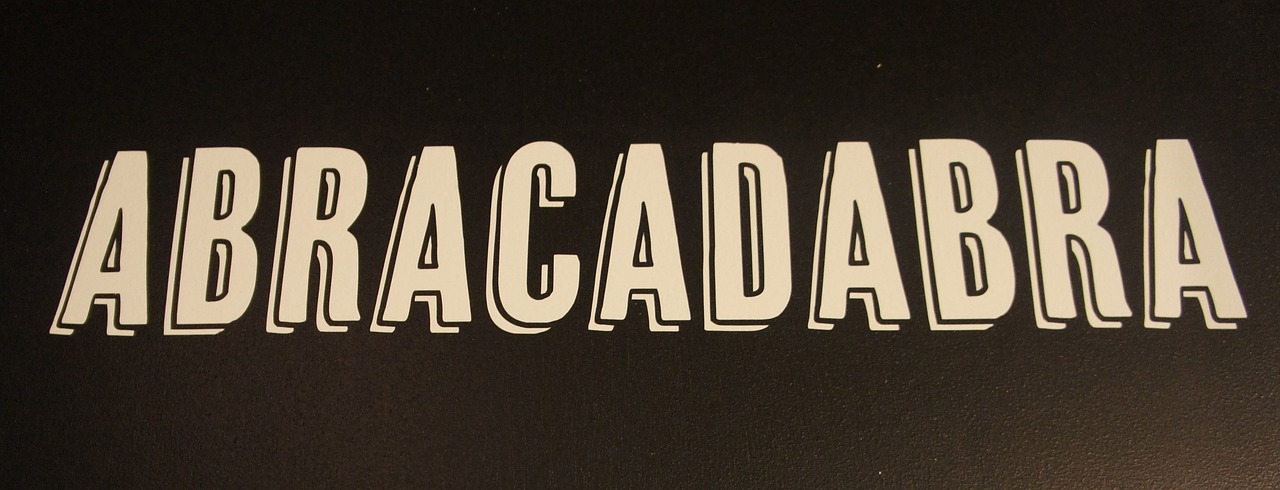
Whether you’re interested in becoming a magician yourself, or just fostering some curiosity in your kids, you need to start with a list of basic magic terms. Here are 45 of the best magic 101 terms that every budding magician needs to know.
1. Confederate
No, this isn’t a history lesson. In magic, a confederate refers to a person who is planted in the audience who conspires with the magician to perform an illusion. They are also known as plants, stooges, or shills. They might be present to distract the audience, or to participate in some phase of the trick.
2. Misdirection
This is the foundation of magic. Misdirection is the ability to get the audience to look at something else while you make a secret move. Without misdirection many of your secrets would be revealed. Controlling misdirection allows you to control the audience, and it can take many forms. Misdirection may involve movement, conversation, or even humor.
3. Patter
Patter is the story that a magician tells. It’s the lead-up to the trick. Having patter that is engaging is also a form of misdirection. It will keep your audience concentrating on what you say rather than just watching what you do. It can take many forms like instruction, or it may be posed as a question to the audience.
4. Utility Prop
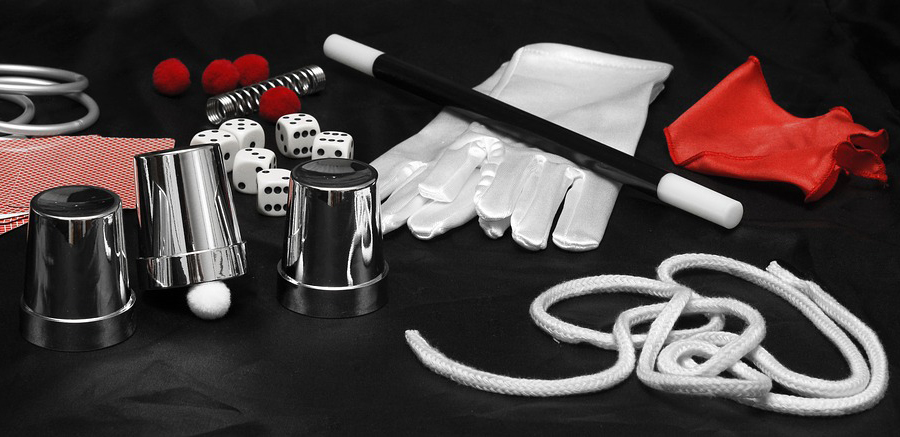
A utility prop is a hard working magic prop that can be used in more than one routine. A length of rope, or a hat are both good examples of utility props because you can use them time and time again.
5. Moment of Magic
After the lead-up, and the storytelling, and the setting of the scene, the moment of magic is when the cool stuff happens. The moment of magic is when things levitate, or disappear, or morph into something else. It’s also when the audience tends to gasp, or react. For both the audience and the magician, the moment of magic is the best part.
6. Self Working Trick
These are tricks that are easy to perform because they require no skill from the magician. That is no skill other than practice and stage presence. These tricks might employ a gimmick prop like a jacket with a secret compartment or a loaded die.
7. Flashing
Just like in the real world, flashing in magic is not a good thing. It happens when a magician accidentally shows off something that is meant to stay hidden. You might drop a coin that was supposed to stay hidden, or reveal a secret door. The possibilities for flashing are endless, and practice is the best medicine.
8. Blind Shuffle
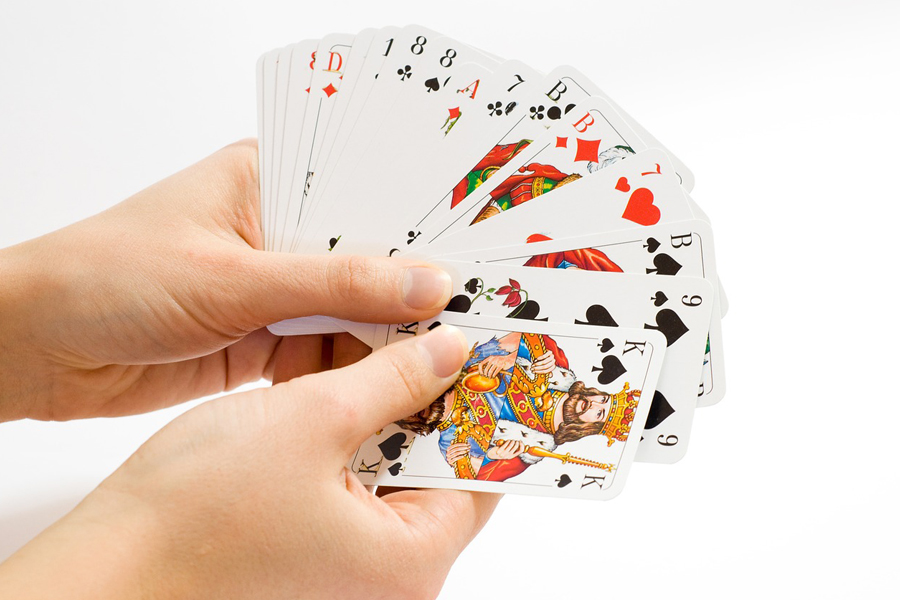
A kind of card shuffling in which you appear to shuffle the cards, but actually leave them in their original position. This makes it much easier to predict the result of a pick a card, any car.
9. The French Drop
This sleight of hand trick is one of the oldest ways of vanishing an object such as a small coin. To perform it, you hold a coin by its edges, tilted slightly upward in one hand. Then you use your other hand to pretend to take the coin away. In actuality you have just palmed the coin in your first hand.
10. Palming
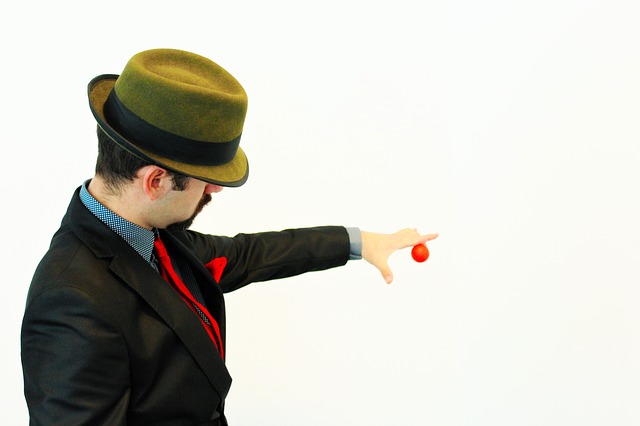
Speaking of palming, this little trick will get you a lot of mileage. In magic, palming is a way of holding, or concealing an object in the palm of your hand. Palming can be used to produce 4 effects. It can be used for vanishing, producing, transposing, and transforming.
11. Locator
A card this is marked in some way that helps you find it. Maybe it’s a card with a texture that is different from the others, or maybe it is a card that is slightly longer than the other cards in the deck. The difference can be achieved in many ways, but the goal is for the locator to stand out.
12. Prestidigitation
This is a fun one to have in your vocabulary. It translates to “quick fingers” and is often used to mean sleight of hand. If you like to work a little vintage magic into your routine, then you will definitely want to give this magic term a whirl. Preferably while you tip your top hat to the audience.
13. Clean
In magic, clean means you have nothing left to hide. Nothing is up your sleeve, except this time you really mean it.
14. Levitation
The art of making people, or objects appear to float off the ground. Levitation has a long and fascinating magical history, and it relies most heavily on misdirection to achieve its effect.
15. Balducci Levitation
This famous levitation trick was first described by Ed Balducci and was later made popular by David Blaine. The simple illusion is achieved when the magician stands to the side so that the audience only sees one foot clearly.
Then the magician raises up on the ball of the hidden foot at the same time that they raise the visible foot completely off the ground. It’s an elaborate way of standing on tip-toe, but it makes the magician appear to hover a few inches above the ground.
16. Servante
This is a secret compartment on the magician’s side of a table that allows them to secretly stow items. It is a gimmick prop, but it stiller quires the skill of the magician to employ misdirection in order to successfully make use of it.
17. Topit
A topit is a secret pocket in a magician’s jacket that allows them to swiftly hide an object.
18. Sleight of Hand
This is magic that is typically performed with cards, or small objects, like coins. It is less dependent on props or gimmicks, and more dependent on the quickness and skill of the magician.
19. Close up Magic
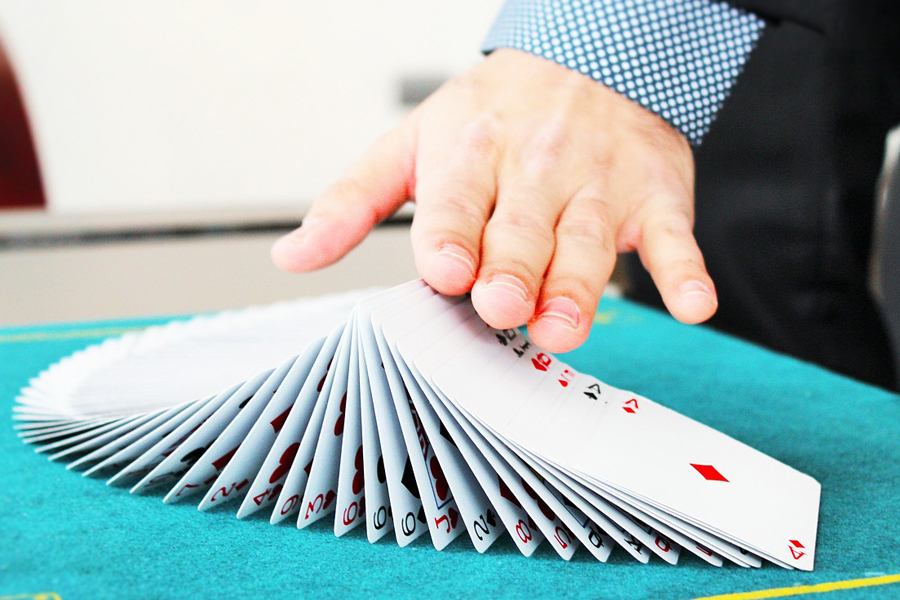
When magicians use the term close up magic they are generally referring to card tricks. Close up magic is magic that is performed within a few feet of the audience. It usually involves sleight of hand and small objects such as coins, or cards. Examples of famous close up magic tricks include palming, the French Drop, and the ever popular among grandparents, detachable thumb
20. Parlor Magic
This term refers to magic that is performed for an audience that is larger than close up magic, but still relatively small. You might not know what a parlor is, so just consider the number of people who could fit in your living room. Parlor magic also usually involves the magician being on the same level as the audience and not elevate as on a stage.
21. Cold
A cold deck of cards is one that is switched in during a trick. It is cold because the deck has not been shuffled. This allows the magician greater control over how the cards are arranged.
22. Angles
In magic, angles refer to the line of sight of audience members. It’s important to know the angles so that you can control what the audience is looking at.
23. Inspection
Inspection is the part of a magician’s routine when the audience is asked to inspect a prop and make sure that everything is as it should be. Audience members might be asked to check that there is no trap door inside of a cabinet, or feel that there are no holes in the hat.
24. Dirty
This magic term refers to when a magician has something hidden in their hands, or when they have appeared to vanish an object by hiding it in their hands.
25. Flourish
A flourish refers to the showy way you display your card handling skills. It’s a razzle-dazzle kind of effect.
26. Oil and Water
Oil and water is a card effect that leaves red and black cards separated from one another. While it appears to involve some sleight of hand, it is also a gimmick trick that makes use of some versatile double-sided tape.
27. Ditch
The (hopefully) undetected point at which you get rid of an object like a coin, or a rabbit, or maybe even a person.
28. Effect
In magic terms, the effect is how the magic trick is experienced by the spectator. So you might make a coin disappear by sliding it into your pocket, but for the audience the effect is that the coin has disappeared into thin air.
29. Talking
This is an important magic term to know because it does not mean what you think it means. Talking is not what you do. Talking is what your props do. Talking refers to accidental noises that your props can make that might give away a bit of the magic.
30. Zombie Ball
A zombie ball is the term for the large metal ball that magicians levitate under a cloth and then roll along the length of their arm. You’ve probably seen the Zombie ball trick performed dozens of times, and now you know the name.
31. Mercury Fold
This is a sleight of hand trick in which the dealer, or magician folds a card under the deck undetected. This tutorial here walks you through performing this trick, and it provides ideas for how you might use it throughout your magic routine. Basically, anytime you want to produce a folded card out of nowhere, the mercury fold is your best bet.
32. Sleeving
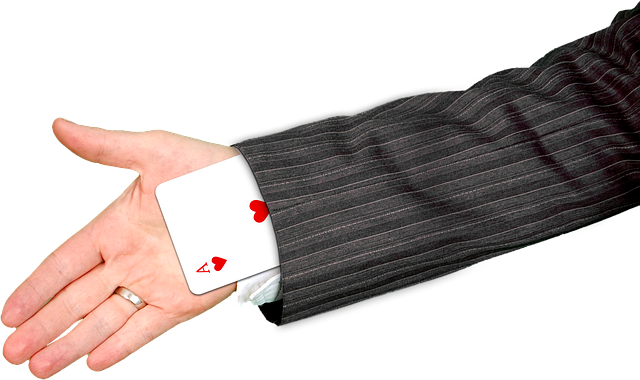
Sleeving is the art of dropping a prop into your sleeve in order to make it disappear. When magicians say there is nothing up their sleeve you can be pretty sure that thanks to sleeving, there most certainly is.
33. Transposition
This category of magic effect is achieved when a magician makes two objects change places with one another. The magician may make objects transpose multiple times within the same illusion, and he or she may even finish by changing the items into something else entirely.
34. Mentalism
Mentalism is performed by people who call themselves mentalists rather than magicians. Mentalists exhibit seemingly highly developed mental powers, such as mind-reading, hypnotism, mind control, and telepathy.
They generally do not like to attribute their success to illusion or trickery, but rather to astute observation, and in some cases, supernatural power.
35. Mechanic’s Grip
A person who is very good at sleight of hand tricks is often called a mechanic, and a mechanic’s grip refers to the skilled way they hold a deck of cards. Whereas a typical person might hold a deck of cards with their fingers all underneath, or along the edge of the deck, a mechanic will grip the pack with their forefinger on the top. This allows them to have better control over the cards.
36. Impromptu Magic
Impromptu magic does not require a stage, or fancy props. It is magic that can be done with whatever is around you. This is perhaps why you so often see magic performed with everyday objects like coins and paperclips. Magicians use what is commonly on hand.
37. Double Backed Card
This sneaky little piece of magician equipment is a single card that has the design of the pack of cards printed on both sides. It has no face, and it can, therefore, be used to trick the audience in a number of different ways. You can easily find packs of multiple double backed cards like this one here.
38. The Invisible Deck
The invisible deck is a utility pack of cards that has a rough and a smooth side that allows the cards to stick together, or slide apart depending on the touch of the dealer.
It is used in the Invisible Deck trick in which a magician appears to be able to predict and produce the exact card that an audience member says, from a pack of unopened cards.
39. Out
You don’t have to worry about getting 3 strikes in magic. An “out” simply refers to an alternate ending to an effect. Magicians might need an out if a prop fails, or if the audience reacts differently than expected.
An out represents the necessity of magicians to think quickly on their feet to preserve the effect.
40. Stodare Egg
This hollowed out egg is used in tricks to vanish objects such as silks. Many companies manufacture fake eggs, but some magicians, oddly enough, prefer a real egg.
41. Stack
Stacking the cards is a way of arranging them based on the needs of the trick. This is done while shuffling the cards and involves a sleight of hand so as to go unnoticed by the audience.
42. A Thumb Tip

This prop is designed to look like a real thumb, and it fits over a magician’s actual thumb as a way to hide objects. Small objects like coins and silks are pressed into the thumb tip while concealed in the palm of the opposite hand and then magically produced by pulling them from the tip.
43. Dove Pan
No products found.
No products found.
If you’ve ever wanted to pull a dove out of an empty pan, then you need to learn the dove pan effect. With the right prop, you can produce doves or any small bird from out of thin air.
In fact, the possibilities of what you can produce are pretty much endless, as long as it fits in the pan. The secret of course lies in the lid that goes on top of the pan. Its deep brim obscures another pan that can be filled with objects and placed over the existing pan.
44. Gaff
A gaff refers to a gimmick that is meant to look like something real while accomplishing something secret. Magicians use lots of gaffs and the custom cards found here are just one example of how intricate and tricky these props can be in order to keep up the illusion.
45. Magic Dust
Magic dust is simply an excuse for a magician to go into his or her pocket to vanish, or produce an item. If you were performing a trick in which you needed to vanish a coin in your pocket you might explain to the audience that you needed magic dust in order to make the trick work. At least magic dust is one prop you don’t have to purchase.
A Great Foundation for a Love of Magic
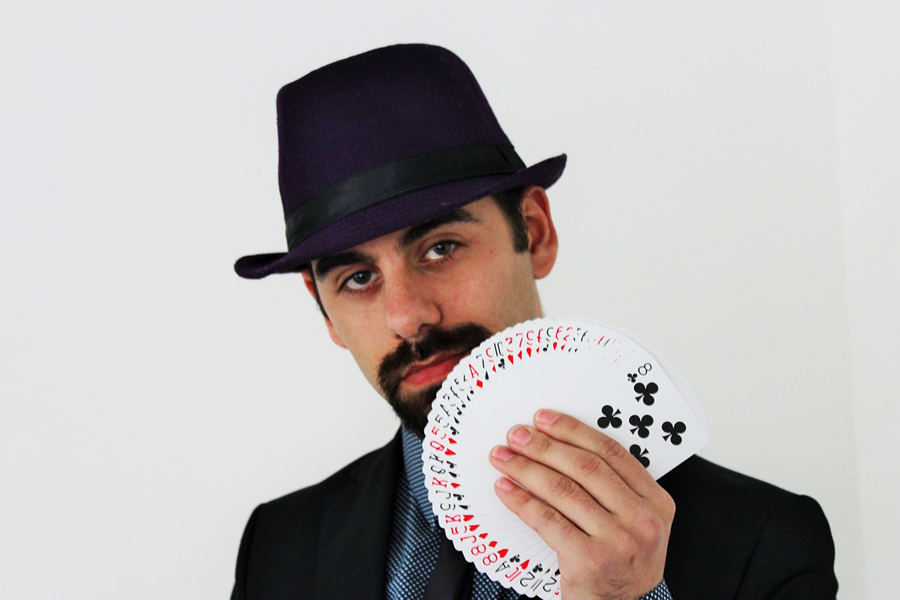
This list of magic terms should put you well on your way to getting your magical bearings. You can now read through magician forums and trick instruction books with a foundational knowledge, and a little bit of confidence.
You can engage in conversation with other amateur magicians, and you can seek out more knowledge about specific areas of magic as your interests intensify.



